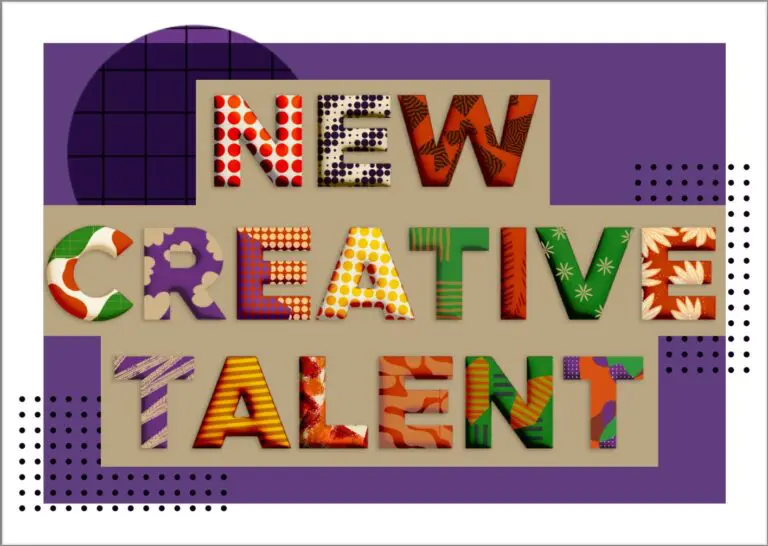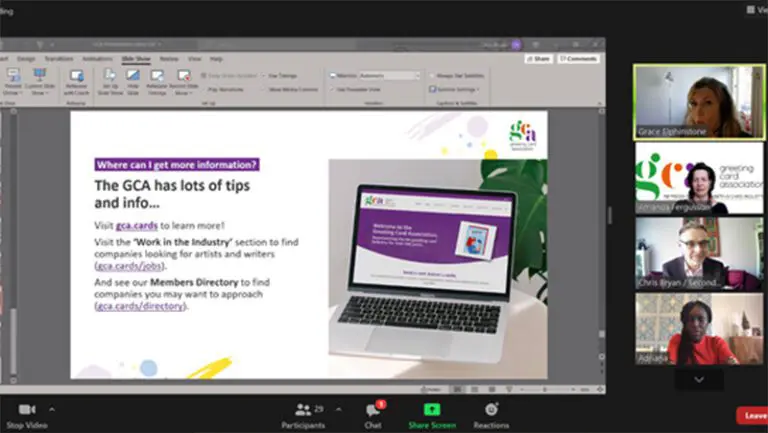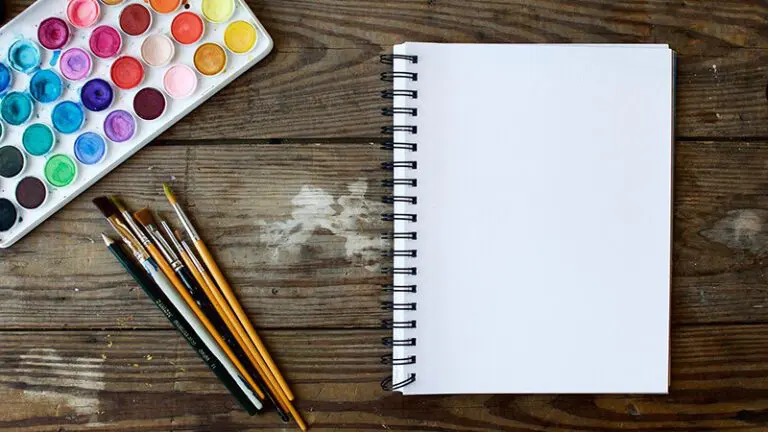There are literally thousands of different types of papers and boards available. Some have restricted availability because of their type of manufacture, country of origin, cost size, quantity required etc. But there are ways and means around these restrictions.
There are many paper merchants that handle a variety of ‘stock’ (the trade term for paper and card, with different merchants carrying different types. Paper manufacturers themselves are increasingly handling their own distribution and are often a good source for direct information and samples.
It is difficult to categorise all papers and boards, but these are the main types:
- Woodfree – (Lignin free) Gloss and Matt Art – high quality printing, creasing and folding (two sided).
- Cast Coated – excellent printing, surface could break up if not carefully creased.
- Cover and Packaging Boards – reasonable printing, one sided or colour impregnated, standard commercial applications; rigid enough for firm 3-D application.
- Woodfree uncoated – cheaper alternative, but would be fairly strong for structural work.
- Recycled – various types available in different percentages of recycled content. The true completely recycled product has 100% post consumer waste, but because the fibres are broken down it is less strong than virgin pulp.
- Specialist Grades – variants, miscellaneous, one off’s that cannot be categorised.
All of the above are mechanically produced and have one common characteristic – a grain, just like the grain in a piece of wood. All manufactured paper has the pulp fibres facing in one direction. This is of paramount importance for making a clean fold.
- Hand made paper and board – can be made from almost anything and can be rich in content and texture. It is not particularly good for folding as its fibres tend to be all over the place and resist a clean fold.
When does Paper become Board?
All papers and boards are either:
- measured by their weight i.e. so many grams for each square metre (gsm) or
- by their thickness i.e. so many microns thick.
‘Paper’ would be classed as up to approximately 170 gsm and ‘board’ is heavier.
Grain Direction
Flexibility or strength?
Hardly any paper or board is produced in a square format, it is nearly always rectangular. The long edge usually tells you which way the grain is running. Longways = long grain.
To find out the grain direction – flex the board between your hands and it should flex easier one way than the other to the extent that it could be rolled one way and not the other.
For the strongest fold the grain should run at right angles to the crease.
Take any piece of food packaging (eg. tea bag carton) open it up after use and check which way the grain runs.





